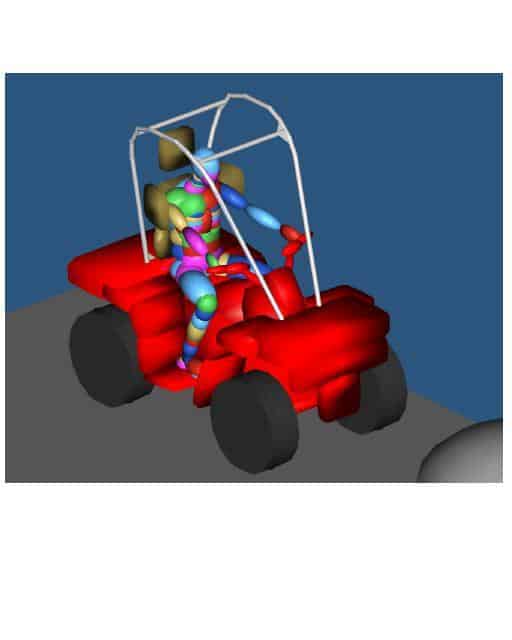The December 2010 edition of WorkForce Management magazine (not available online) reports on a recent US survey concerning fatigue. The raw data is not available but the survey of 820 companies showed that over 80 per cent of respondents believed that fatigue was more of a workplace issue that in the past.
This may indicate an increased awareness or an increased reality but regardless, the hazard is gaining more attention.
Of greater interest is the possible causes identified in the survey. These include:
- “Reduced head count,
- Lack of boundaries between home life and work,
- Second jobs,
- A culture of ‘wanting to do it all'”.
How many of these contributory factors can an OHS professional affect? Continue reading “OHS needs innovative thinking to manage fatigue”



